Measuring the SDGs: The Role of Household Surveys
The Sustainable Development Goals (SDGs) have replaced the Millennium Development Goals with broad and lofty aspirations ranging from health, education, and gender equality to clean energy and responsible consumption.
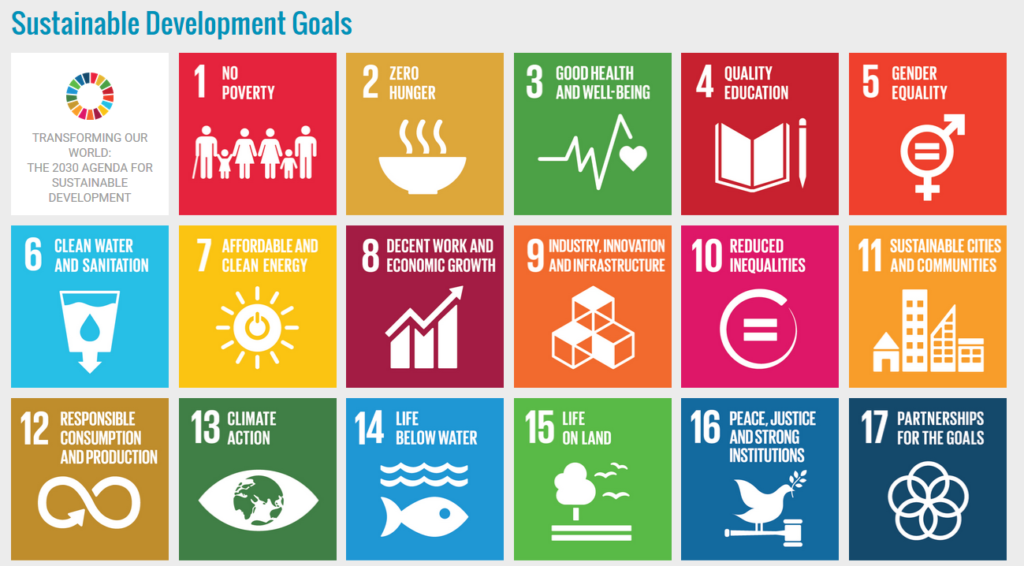 Behind each Sustainable Development Goal is a series of targets and each target can be measured by one or more indicators. Many of the targets in the areas of good health, zero hunger, no poverty, quality education, gender equality, clean water and sanitation, and reduced inequalities can be measured directly from DHS surveys. In fact, in many cases, this information has been collected as part of the DHS for decades, and indicator data already exist.
Behind each Sustainable Development Goal is a series of targets and each target can be measured by one or more indicators. Many of the targets in the areas of good health, zero hunger, no poverty, quality education, gender equality, clean water and sanitation, and reduced inequalities can be measured directly from DHS surveys. In fact, in many cases, this information has been collected as part of the DHS for decades, and indicator data already exist.
For example, the second SDG, “Zero Hunger,” is supported by 8 targets. One of these is: “By 2030, end all forms of malnutrition, including achieving, by 2025, the internationally agreed targets on stunting and wasting in children under 5 years of age, and address the nutritional needs of adolescent girls, pregnant and lactating women and older persons” (Target 2.2).
This is where DHS comes in. DHS surveys have measured the height and weight of children under 5 since the 1980s. These measurements are compared to international reference standards to calculate stunting and wasting.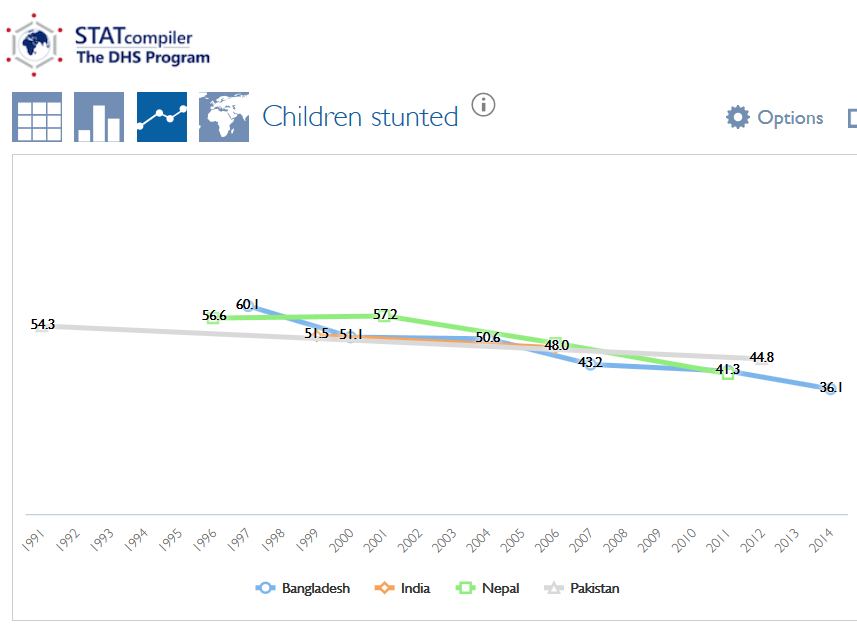
As DHS data in the STATcompiler show, 4 countries in South Asia have made progress in reducing stunting since the 1990s, but stunting in this region is still unacceptably high. Future surveys will assess whether or not they can achieve a 40% reduction (the international target) by 2025.
Similarly, the SDG for Good Health and Well Being includes a target on reducing childhood mortality: “By 2030, end preventable deaths of newborns and children under 5 years of age, with all countries aiming to reduce neonatal mortality to at least as low as 12 per 1,000 live births and under-5 mortality to at least as low as 25 per 1,000 live births” (Target 3.2).
Childhood mortality data have been collected as a standard part of DHS surveys since 1985. While neonatal and under-five mortality have declined in many DHS countries, the target of 25 under-five deaths for every 1,000 live births is still a long way off for many. In Tanzania, for example, under-five mortality has dropped steadily since 1999 but is not yet near the international target.
Other SDG-supporting indicators currently collected in DHS surveys include access to safe water and improved toilet facilities, early marriage, family planning demand satisfied, antenatal care coverage, and birth registration. Others are not part of the DHS standard questionnaire but are often collected in optional modules, such as the maternal mortality ratio, female genital cutting, and violence against women.
In addition, new questions were added to the DHS questionnaire at the beginning of DHS-7 (2013-2018). The data resulting from these questions are starting to appear in DHS final reports and respond to SDG indicators such as clean cooking fuel, tobacco use, internet access, bank accounts, and mobile telephone ownership. A new DHS module on accidents and injuries will respond to the SDG indicator on road traffic accidents. A full list of the DHS-related SDG indicators can be found on the SDGs page of the DHS website.
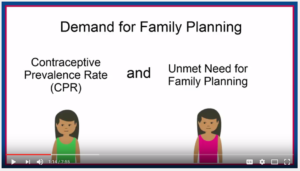 But as always, collecting data is not enough. The DHS Program is also working to make the DHS-related SDGs easier to find, interpret, and use. This past year we released a video tutorial on the complicated “Demand for Family Planning Satisfied” indicator, and worked with partner Blue Raster
But as always, collecting data is not enough. The DHS Program is also working to make the DHS-related SDGs easier to find, interpret, and use. This past year we released a video tutorial on the complicated “Demand for Family Planning Satisfied” indicator, and worked with partner Blue Raster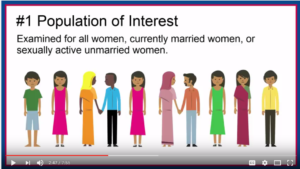 to create an SDGs Story Map.
to create an SDGs Story Map.
In the coming year, you will see a standard SDGs table for the final reports, addition of an SDGs tag to facilitate location of SDGs in the STATcompiler, and expansion of the SDGs page on our website.
Stay tuned as we develop these tools. And in the meantime, we’ll be out in the field, collecting the data the world needs to monitor progress towards sustainable development.



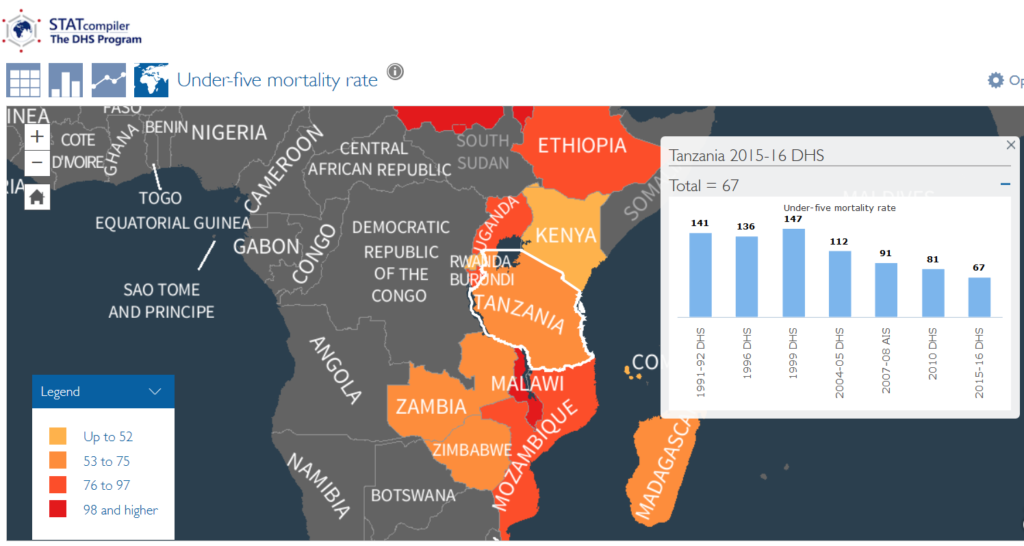
This is very nice
Thank you Sayed!
This is great a move towards citizen generated data. The challenge is more on the ability to collect reliable and real time data an issue that can be overcome. Through the households, we are certainly able to collect a lot more data
Interesting